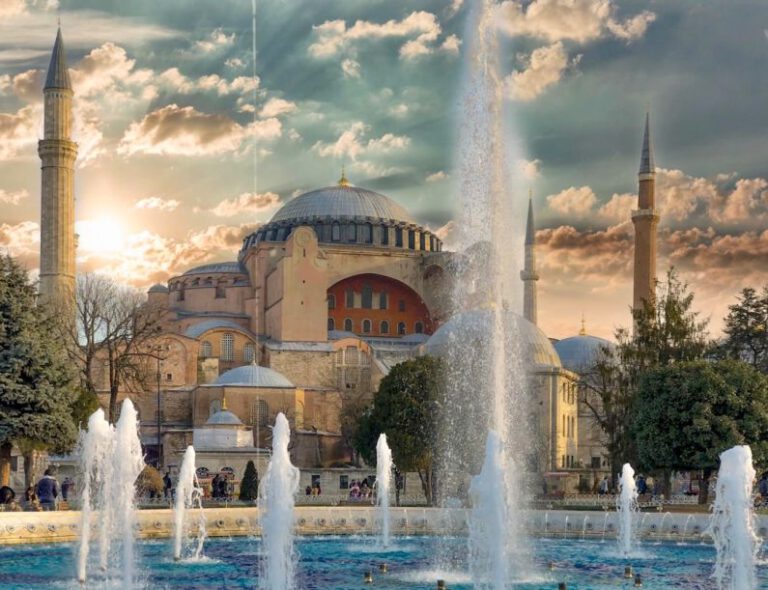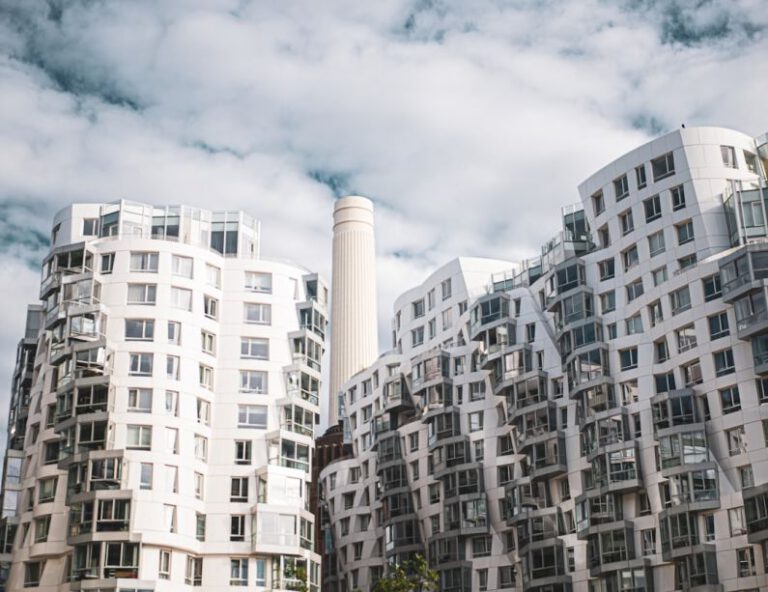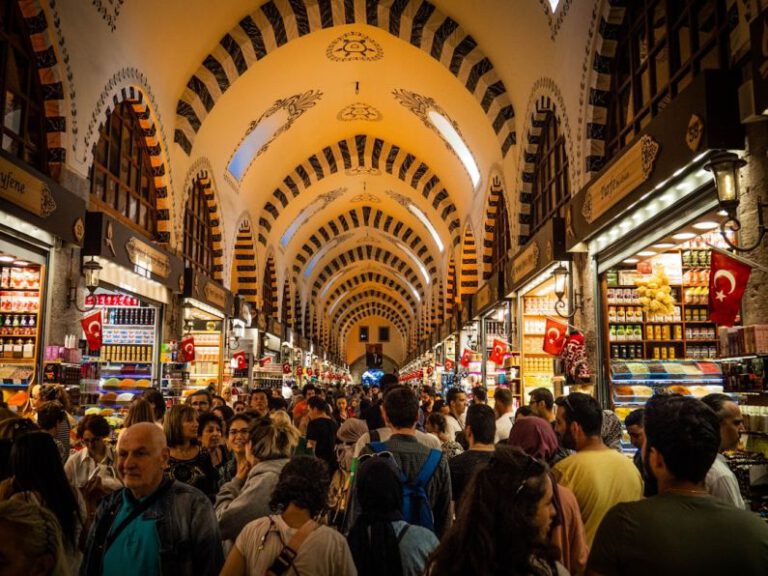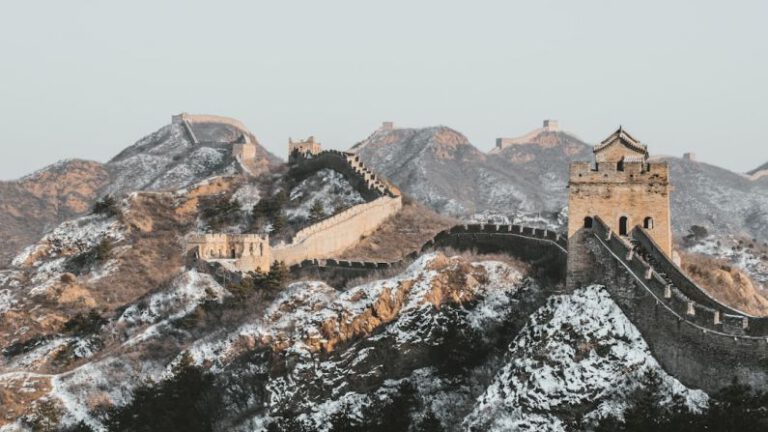Preserving the Past: the Restoration of the Colosseum
The Colosseum stands as a timeless symbol of ancient Roman engineering and architectural prowess, captivating millions of visitors each year with its grandeur and historical significance. However, the passage of time and environmental factors have taken a toll on this iconic structure, leading to the need for extensive restoration efforts to ensure its preservation for future generations to admire and appreciate.
The Colosseum: A Cultural Icon
The Colosseum, also known as the Flavian Amphitheatre, is arguably one of the most recognizable landmarks in the world, attracting tourists, historians, and archaeologists alike to marvel at its imposing facade and rich history. Built in the first century AD under the rule of Emperor Vespasian, the Colosseum was a marvel of Roman engineering, capable of accommodating up to 80,000 spectators who gathered to witness gladiatorial contests, animal hunts, and other spectacles.
Over the centuries, the Colosseum has faced numerous challenges, including natural disasters, vandalism, and neglect, which have contributed to its gradual deterioration. The iconic structure, once a symbol of Roman power and entertainment, has become a poignant reminder of the impermanence of human achievements and the importance of preserving our cultural heritage for future generations.
Restoring the Colosseum: A Labor of Love
Recognizing the urgent need to safeguard this architectural marvel, the Italian government, in collaboration with various cultural organizations and experts, embarked on a comprehensive restoration project aimed at preserving the Colosseum for posterity. The restoration efforts focused on addressing structural issues, stabilizing the foundations, and enhancing visitor experience while maintaining the authenticity and historical integrity of the monument.
One of the key challenges faced during the restoration process was striking a balance between conservation and modernization, ensuring that the Colosseum remained true to its original form while incorporating innovative technologies to improve its structural stability and accessibility. Conservationists and architects worked tirelessly to repair damaged sections, reinforce weakened structures, and implement sustainable solutions to mitigate further deterioration caused by pollution, erosion, and foot traffic.
Preserving the Legacy: A Testament to Human Ingenuity
The restoration of the Colosseum serves as a testament to human ingenuity, dedication, and collective effort in safeguarding our cultural heritage and preserving the legacy of past civilizations. By investing in the preservation of iconic landmarks such as the Colosseum, we not only honor the achievements of our ancestors but also inspire future generations to appreciate the value of history, art, and architecture in shaping our collective identity and understanding of the world.
The successful restoration of the Colosseum stands as a beacon of hope and resilience, demonstrating that with careful planning, meticulous craftsmanship, and unwavering commitment, we can overcome the challenges of time and nature to protect our shared heritage for generations to come. The Colosseum, once on the brink of irreversible decay, has been reborn through the dedication and expertise of countless individuals who recognized its importance as a cultural icon and architectural marvel deserving of our utmost care and respect.
In conclusion, the restoration of the Colosseum represents a triumph of human creativity, perseverance, and collaboration in preserving the past for the benefit of future generations. As we marvel at the grandeur of this ancient structure, let us not forget the efforts and sacrifices made to ensure its survival, reminding us of the enduring power of cultural heritage to unite us across time and space. The Colosseum stands as a living testament to the ingenuity and resilience of the human spirit, inviting us to reflect on the legacy we leave behind for those who will come after us.






